
A new century of fashion
The 20th century saw a flock of new fashion trends and designers enter the scene. At the turn of the century, fashion trends started changing at a faster pace. This was due to several factors including advancements in manufacturing and mass production of ready-to-wear clothing. Fashion magazines and advertising was also on the rise and a lot of this material can be found in Trove.
In the third blog in our exploration into Australia’s fashion history, we take a decade by decade look at the biggest fashion trends of the 1920s through to the 1950s.
Roaring twenties
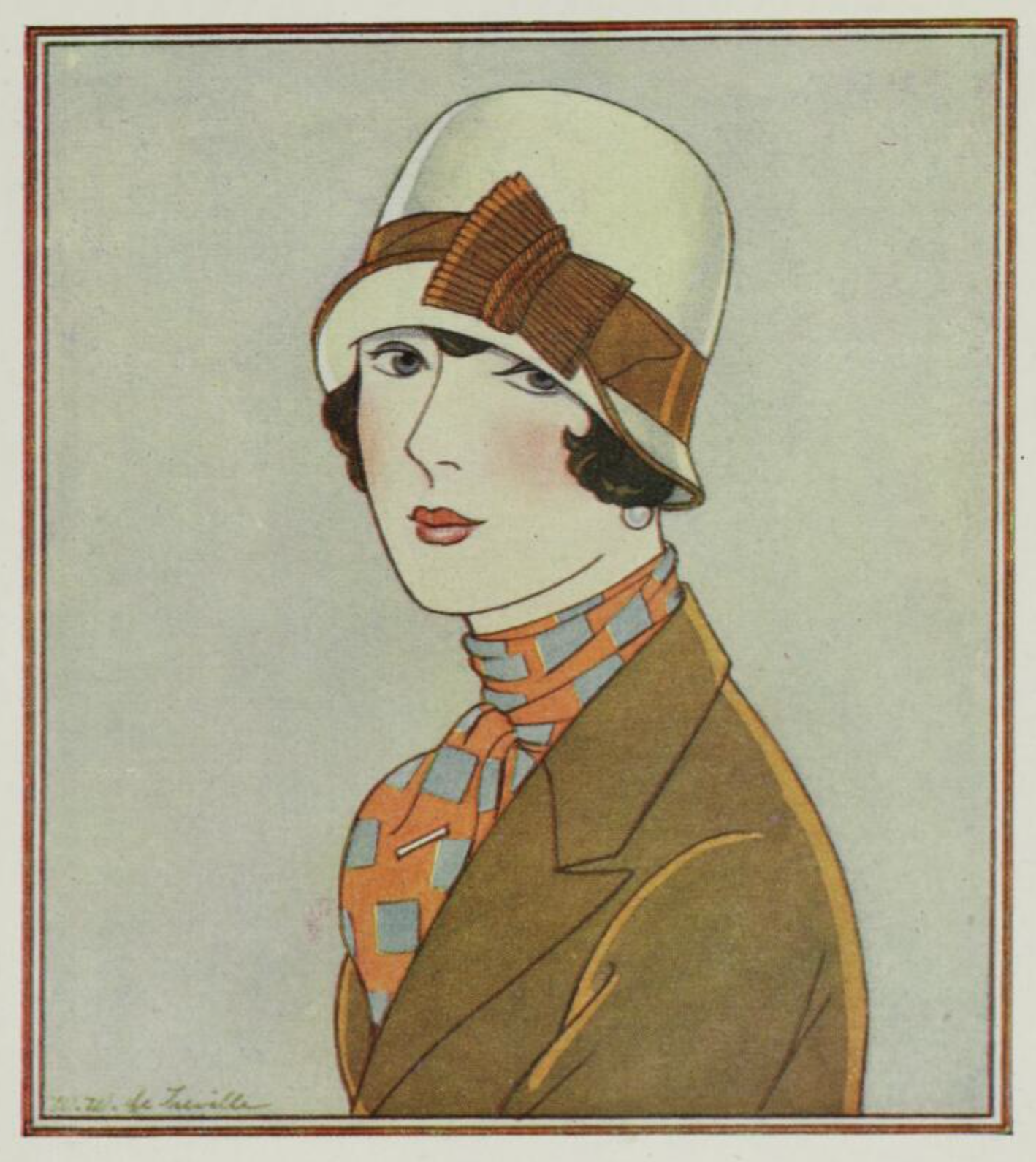
The 1920s marked a significant shift in fashion, particularly for women. There was a rebellion against the traditional norms of previous generations and a shift towards greater freedom and self-expression. Jazz culture boomed in Australia (and other parts of the world), and this had a major influence on the fashion of the time.

The ‘Jazz Age’ saw the rise of the flapper style. This iconic look is characterised by shorter hemlines, drop-waist dresses, and bobbed haircuts. Beaded dresses were often worn for evening events, and cloche hats became a must-have fashionable accessory.
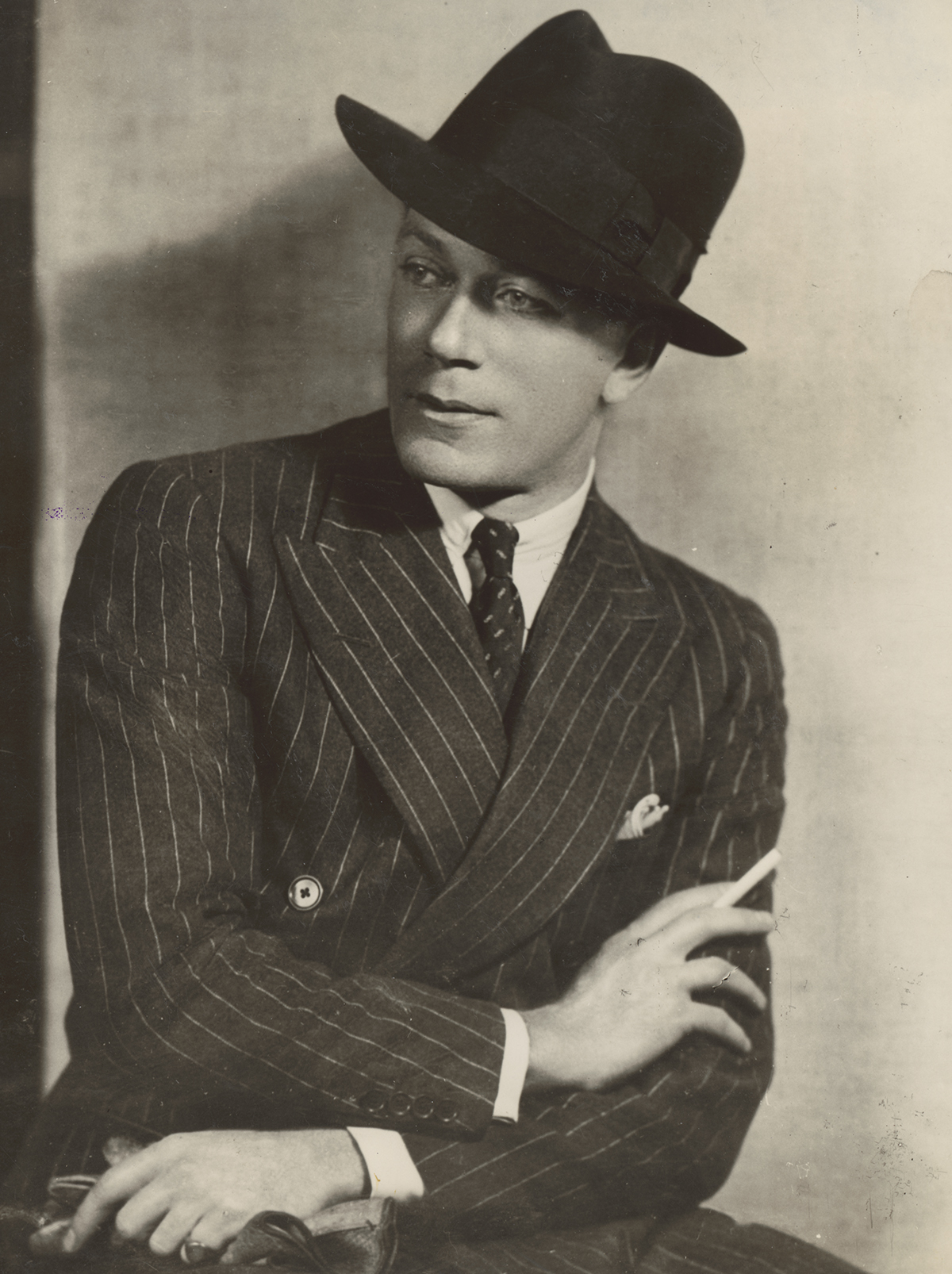
Men’s fashion also witnessed a revolution. Suits became slimmer, while lapels grew wider. This combination of slim fits with wide lapels created a striking visual balance that became highly fashionable. Pinstripes were another trendy look. While the pattern had featured in men’s business suits since the late 19th century, pinstripes were now worn day and night. For a touch of flair, a fedora hat could finish off this look.
The Great Depression
The flamboyance of the 1920s was short lived. The 1930s brought with it the Great Depression, and tougher times meant more subdued and conservative clothing. The fashion of this era reflected the economic realities of the time. Luxurious and flashy styles gave way to more practical and modest designs, with an emphasis on durability and simplicity.
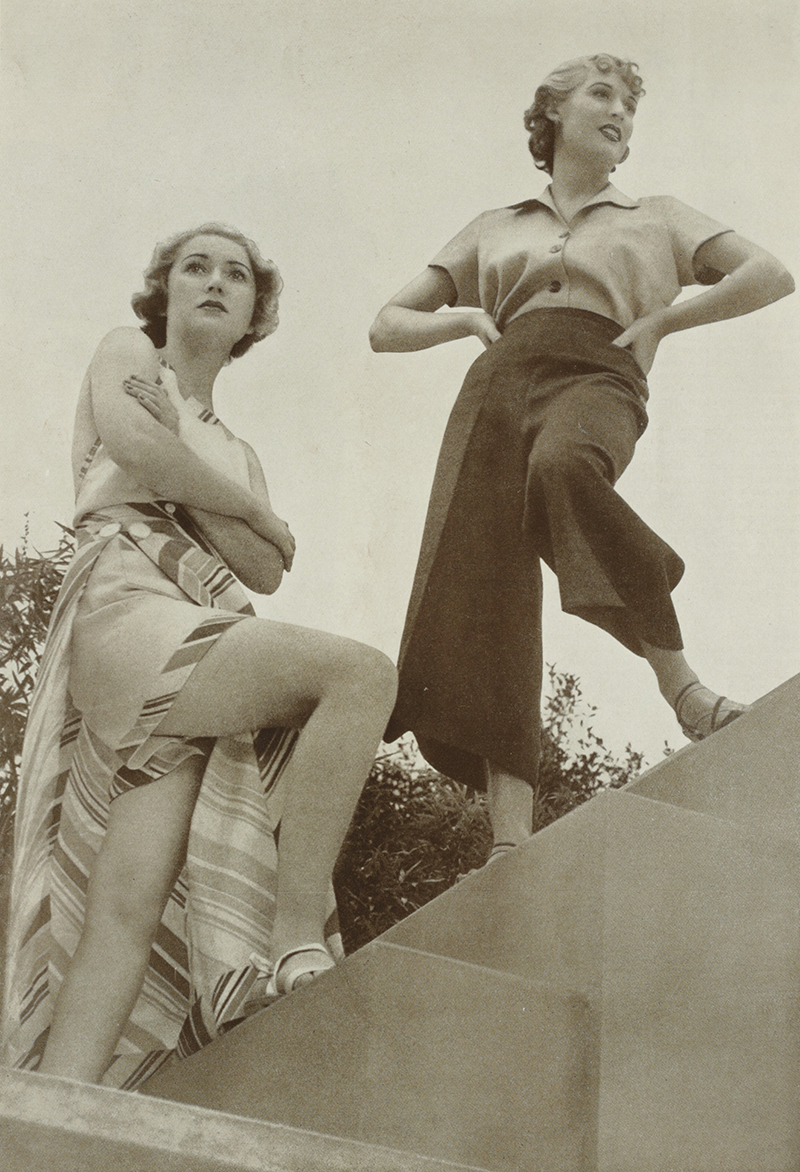
In women's fashion, the 1930s saw the return of the natural waistline, along with bias-cut dresses that hugged the body, creating a sleek and elegant silhouette. Glamorous evening gowns were still in vogue, but daywear became more modest and conservative.
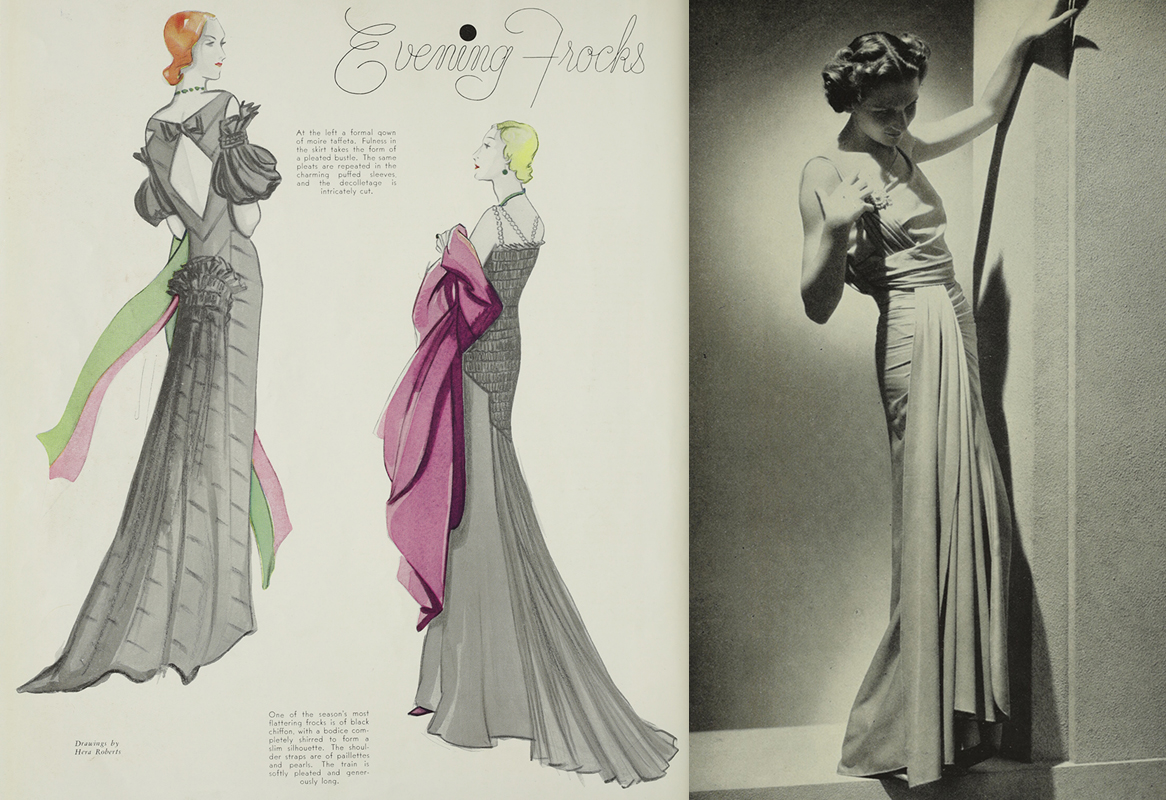
Men's fashion also adapted to the somber mood of the decade. Double-breasted suits, often worn with wide ties, became the norm. The fabrics used were typically darker and more subdued.
Oroton was founded in Sydney in 1938. Amidst a backdrop of economic hardship, the Australian company became a symbol of luxury in a time when such items were rare. Oroton initially focused on luxury accessories, particularly their iconic metallic mesh handbags. The brand eventually they expanded into ready-to-wear fashion becoming a staple of Australian style.
Wartime fashion
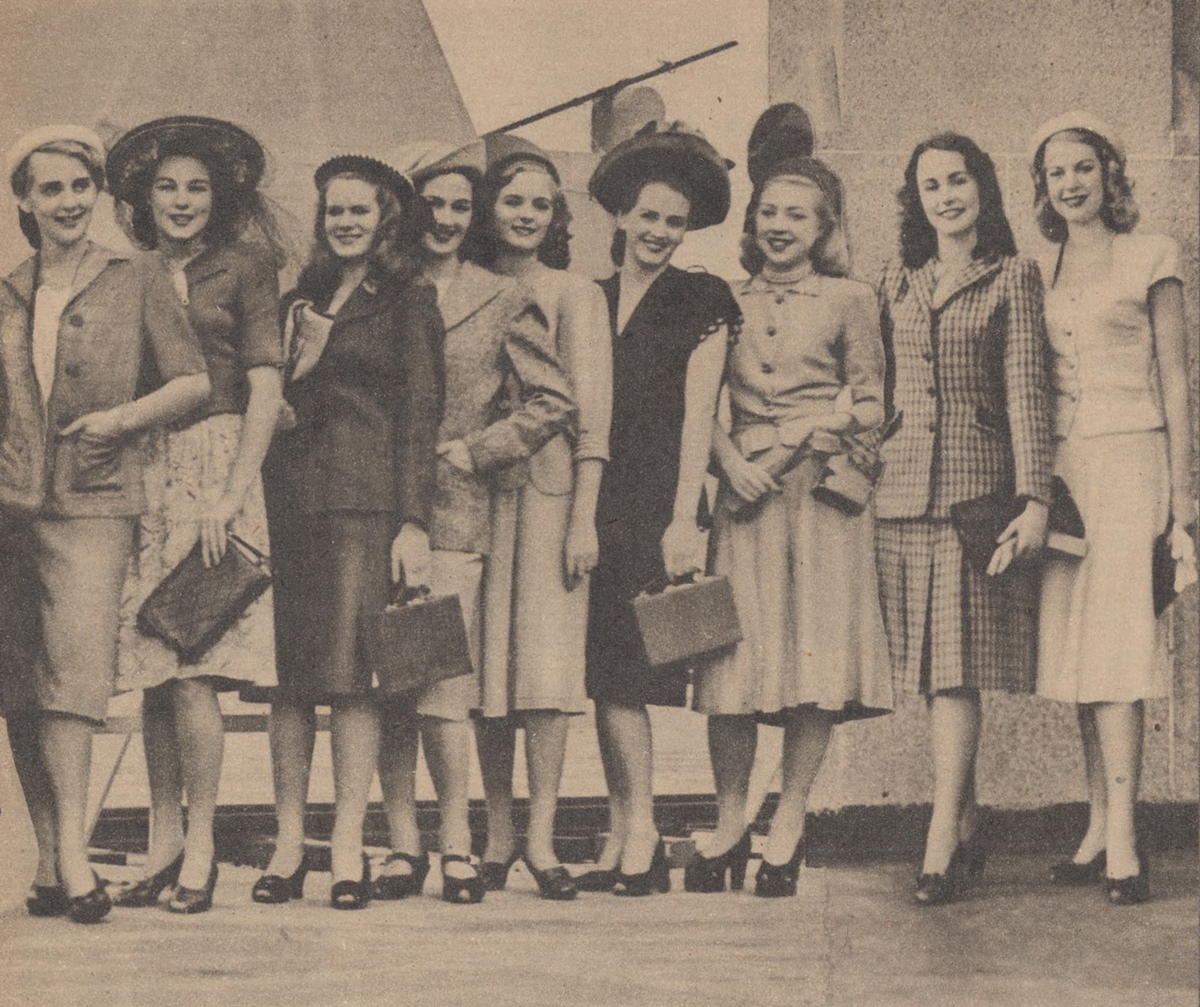
The 1940s were dominated by the Second World War, which had a significant impact on fashion. Like food and paper, fabrics were also rationed during the war. This resulted in shorter skirts, simpler designs, and the phenomenon of “liquid stockings”. Women’s clothing also needed to be more functional and durable as they took on roles in the workforce.
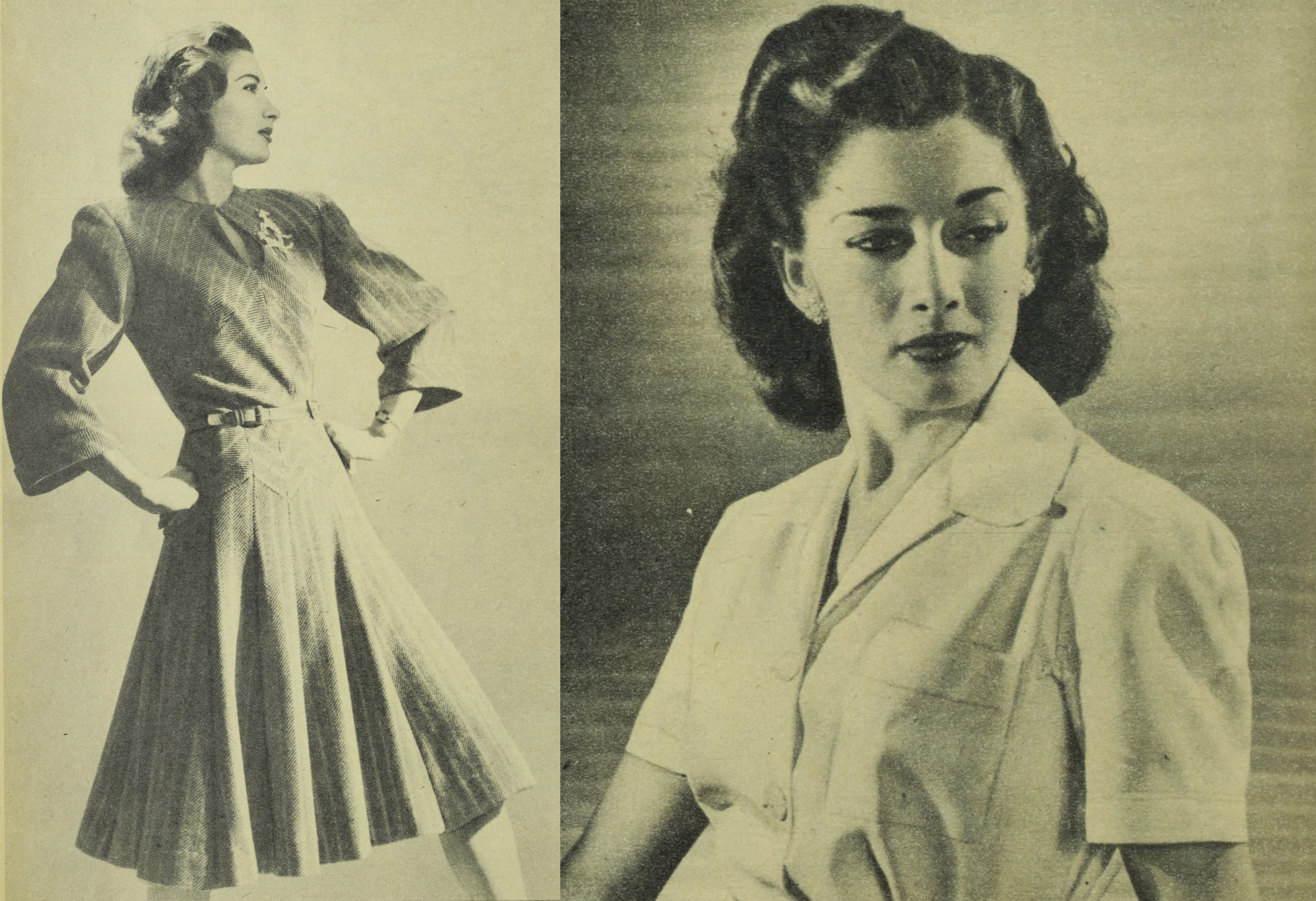
Men’s fashion in the 1940s was heavily influenced by military styles. Bomber jackets and trench coats became wardrobe staples.
When the war ended, fashion trends dramatically shifted – again – with the emergence of Christian Dior’s “New Look”. This style featured nipped-in waists, full skirts, and an overall return to femininity and luxury. However, some argued the “New Look” wasn’t a great fit for Australians:
‘On Australian standards, his collection is ridiculous, impractical for this part of the world, and looks exactly like something mother wore back in 1916.’ - Pacific Island Monthly, 1 August 1948
The focus on practicality and durability was not lost though. It would continue to influence future styles, right through to the fashion of today.
The fifties
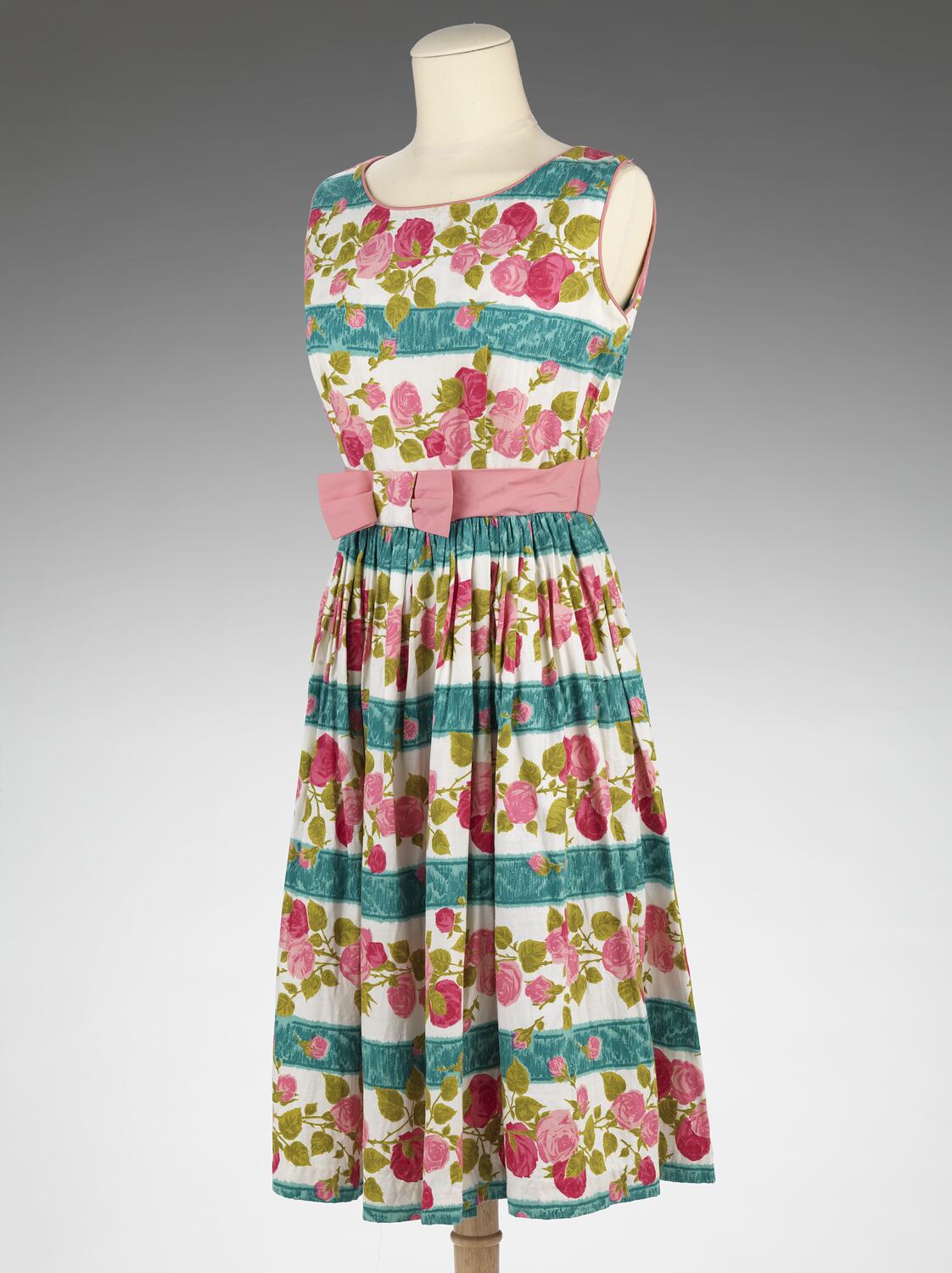
The 1950s saw a return to traditional gender roles and this was reflected in the fashion of the time. Women’s fashion embraced full skirts, cinched waists, and petticoats, creating an hourglass silhouette that was considered the ideal feminine figure.
Men’s fashion in the 1950s was marked by the “Ivy League” look. This can be summarised as clean-cut suits, narrow ties, and loafers. Casual wear, such as Hawaiian shirts and jeans, also gained popularity as men embraced a more relaxed and laid-back style. The Australian Woman’s Weekly dubbed this a “Married Look”.
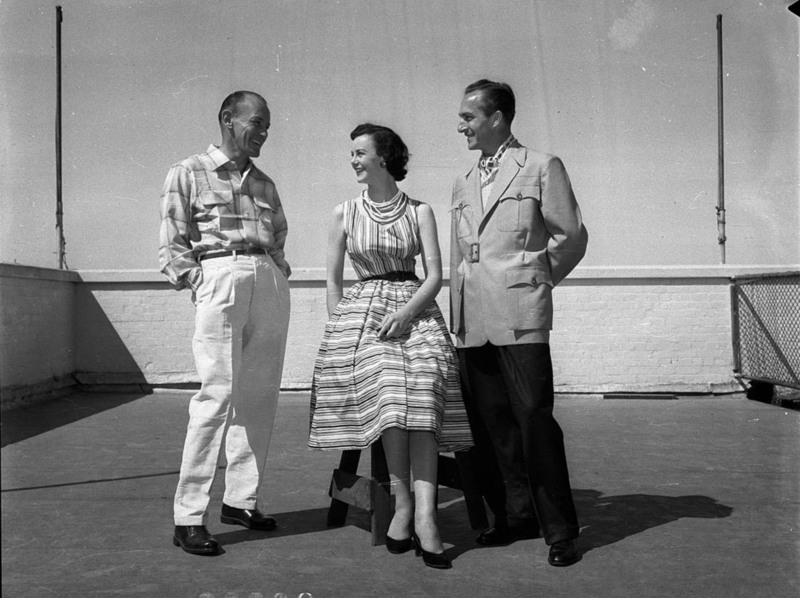
American and European styles and the celebrities that wore them had long influenced trends in Australia. The 1950s were no different, with Hollywood stars like Marilyn Monroe and James Dean leaving their mark on post-war cashed-up Australian consumers.
Australian fashion history
By the middle of the 20th century, Australia was an emerging force on the international fashion scene. Tune in next week to continue our journey through 20th century Australian fashion.
From leading trends and designers to the cultural influences that made them so popular, discover more of Australia’s fashion history: